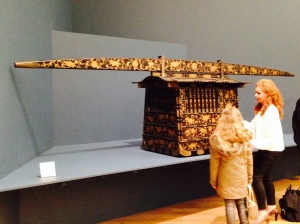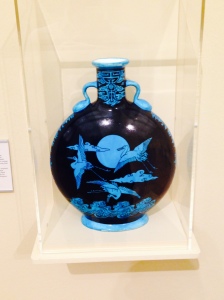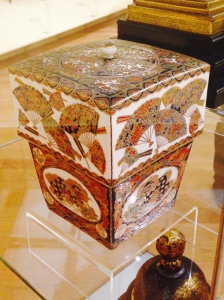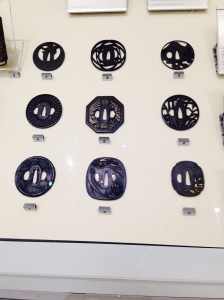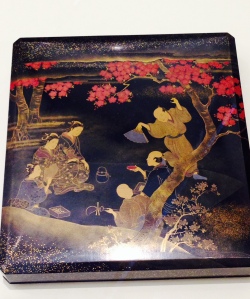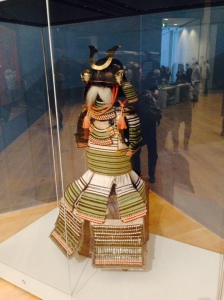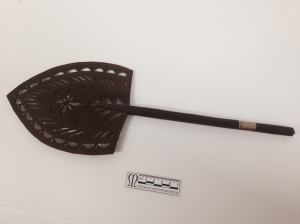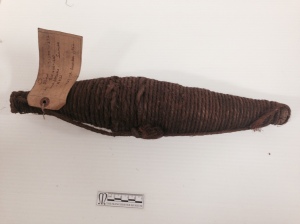Last week I attended the preview evening for Eastern Exchanges: East Asian Craft and Design at Manchester Art Gallery. This new, free, temporary exhibition replaces the Sensory War on the Gallery’s second floor and features many cutting edge pieces of Chinese, Japanese and Korean craft and design together with a wide range of historical examples. Many of the older objects are on loan from various public and private collections, including Manchester Museum. The exhibition is well-lit and definitely not short on displays – it features over 1500 objects. Gallery director Maria Balshaw was on-hand to give the opening speech and was particularly exited about the opportunity to display a large 19th century Japanese ‘norimono’, a kind of sedan, which has not been exhibited in 30 years.
I recently read Masao Yamaguchi’s fascinating article ‘The Poetics of Exhibition in Japanese Culture’ published in ‘Exhibiting Cultures: The Poetics of Museum Display’ (1991). In it, he discusses the various techniques employed in Japanese exhibition spaces to transmit knowledge about objects. ‘Mitate’, is the Japanese art of citation – that is – the transposition of meaning upon an object through association with a broader and usually mythological context (i.e an accompanying image, sounds, or even another object). Mitate could have been a useful technique to employ at this exhibition, where the approach to displaying objects was one of Western familiarity – the objects were mainly displayed in isolation, in a stark, white environment with an accompanying caption. This, however, may well have been the point – after all, the main focus of the exhibition was to appreciate the aesthetics and design of the objects and many of the older objects had been collected for exactly that reason. The fact that this display is in an art gallery rather than a museum did seem to shift the focus of the ethnographic items onto appreciation of the visual, but this was not necessarily reductive of the object. The modern art and craft pieces were displayed separately, presumably to create a chronological dichotomy between the two spaces, and were impressive and beautiful.
The exhibition is open for a relatively short eight weeks and I would definitely recommend going to have a look. It aspires to take the visitor on a journey through the last 300 years of East Asian arts and crafts, combining old with new, and I would say it very much succeeds in doing so.
Eastern Exchanges is at the Manchester Art Gallery until May 31st.
Karp, I and Lavine, D. (eds.) 1991. Exhibiting Cultures: The Poetics and Politics of Museum Display. London: Smithsonian Institute Press.

